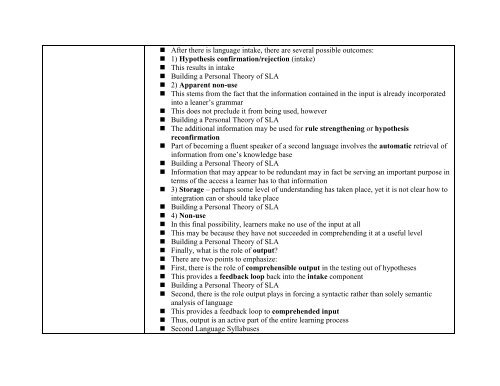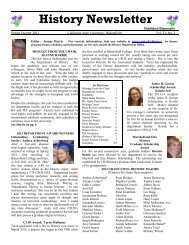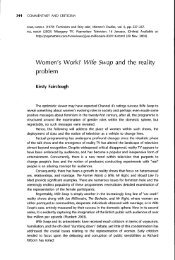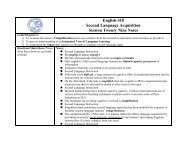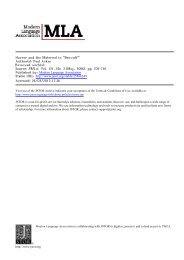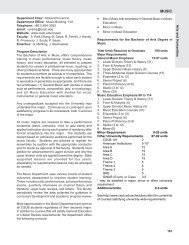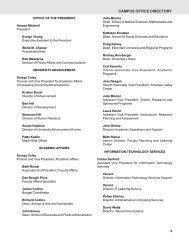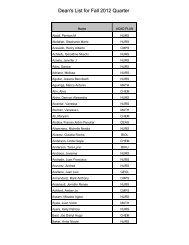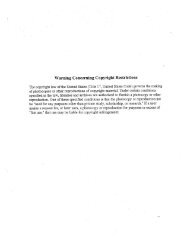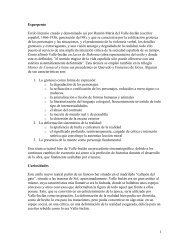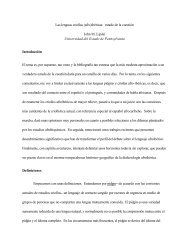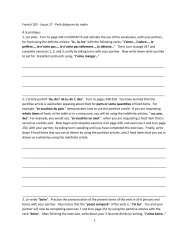English 418 Second Language Acquisition Session Twenty Four ...
English 418 Second Language Acquisition Session Twenty Four ...
English 418 Second Language Acquisition Session Twenty Four ...
You also want an ePaper? Increase the reach of your titles
YUMPU automatically turns print PDFs into web optimized ePapers that Google loves.
• After there is language intake, there are several possible outcomes:<br />
• 1) Hypothesis confirmation/rejection (intake)<br />
• This results in intake<br />
• Building a Personal Theory of SLA<br />
• 2) Apparent non-use<br />
• This stems from the fact that the information contained in the input is already incorporated<br />
into a leaner’s grammar<br />
• This does not preclude it from being used, however<br />
• Building a Personal Theory of SLA<br />
• The additional information may be used for rule strengthening or hypothesis<br />
reconfirmation<br />
• Part of becoming a fluent speaker of a second language involves the automatic retrieval of<br />
information from one’s knowledge base<br />
• Building a Personal Theory of SLA<br />
• Information that may appear to be redundant may in fact be serving an important purpose in<br />
terms of the access a learner has to that information<br />
• 3) Storage – perhaps some level of understanding has taken place, yet it is not clear how to<br />
integration can or should take place<br />
• Building a Personal Theory of SLA<br />
• 4) Non-use<br />
• In this final possibility, learners make no use of the input at all<br />
• This may be because they have not succeeded in comprehending it at a useful level<br />
• Building a Personal Theory of SLA<br />
• Finally, what is the role of output?<br />
• There are two points to emphasize:<br />
• First, there is the role of comprehensible output in the testing out of hypotheses<br />
• This provides a feedback loop back into the intake component<br />
• Building a Personal Theory of SLA<br />
• <strong>Second</strong>, there is the role output plays in forcing a syntactic rather than solely semantic<br />
analysis of language<br />
• This provides a feedback loop to comprehended input<br />
• Thus, output is an active part of the entire learning process<br />
• <strong>Second</strong> <strong>Language</strong> Syllabuses


